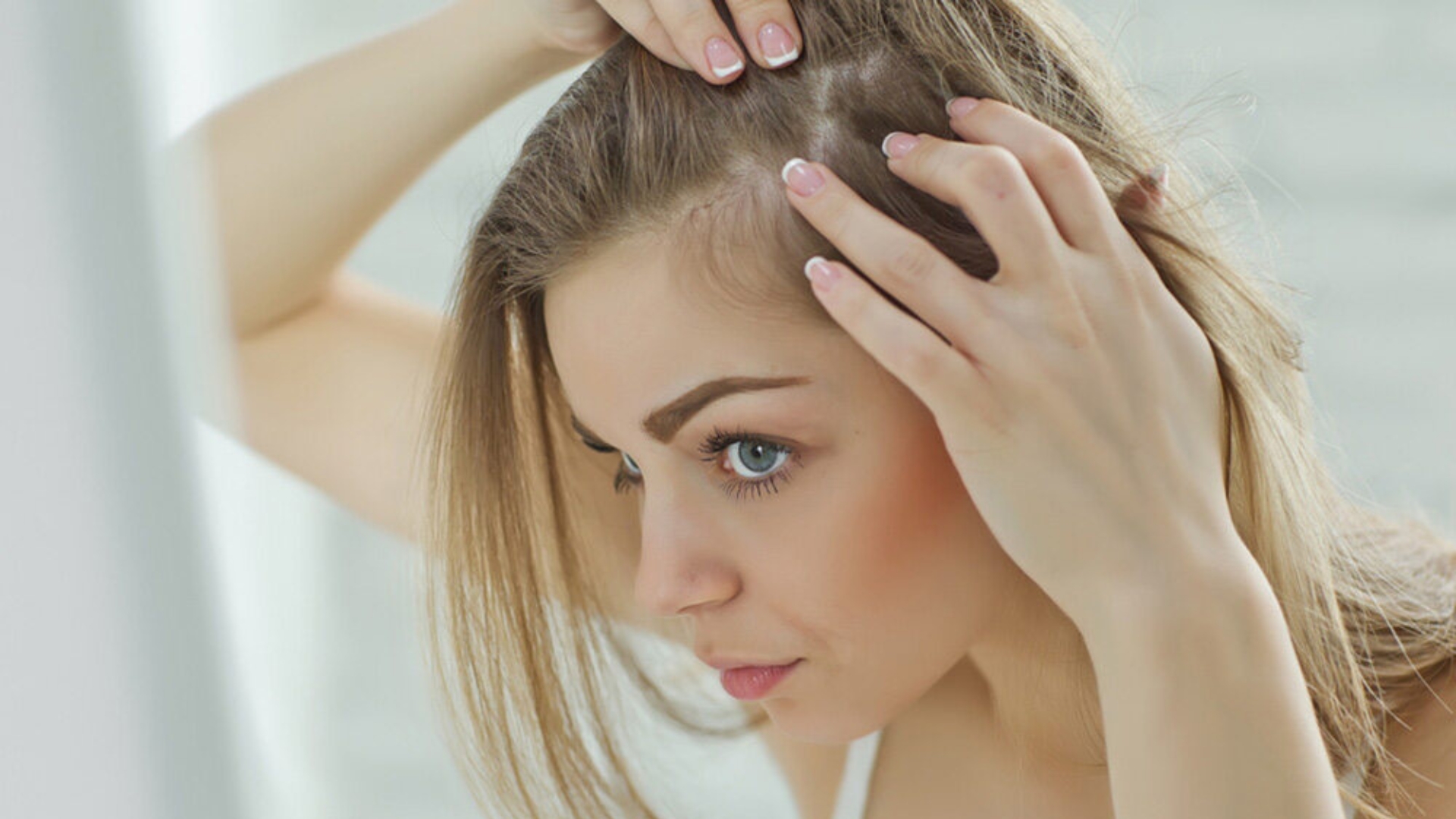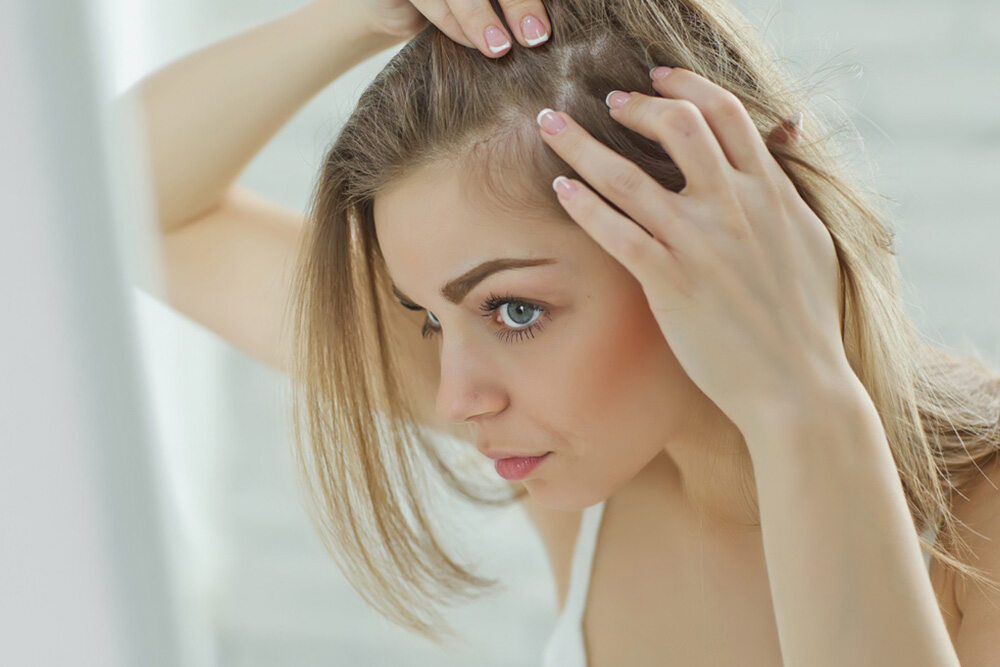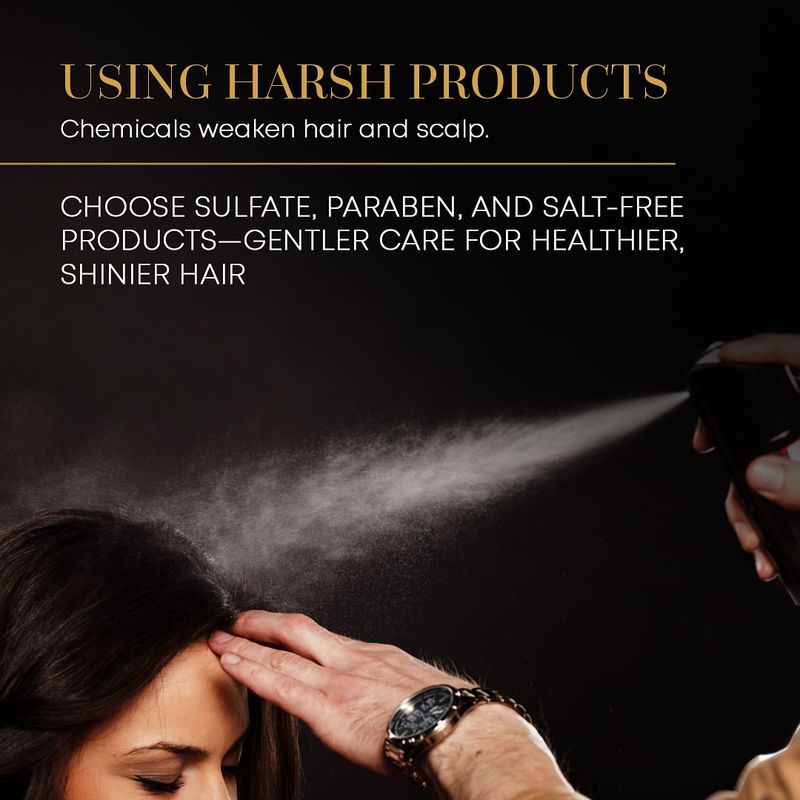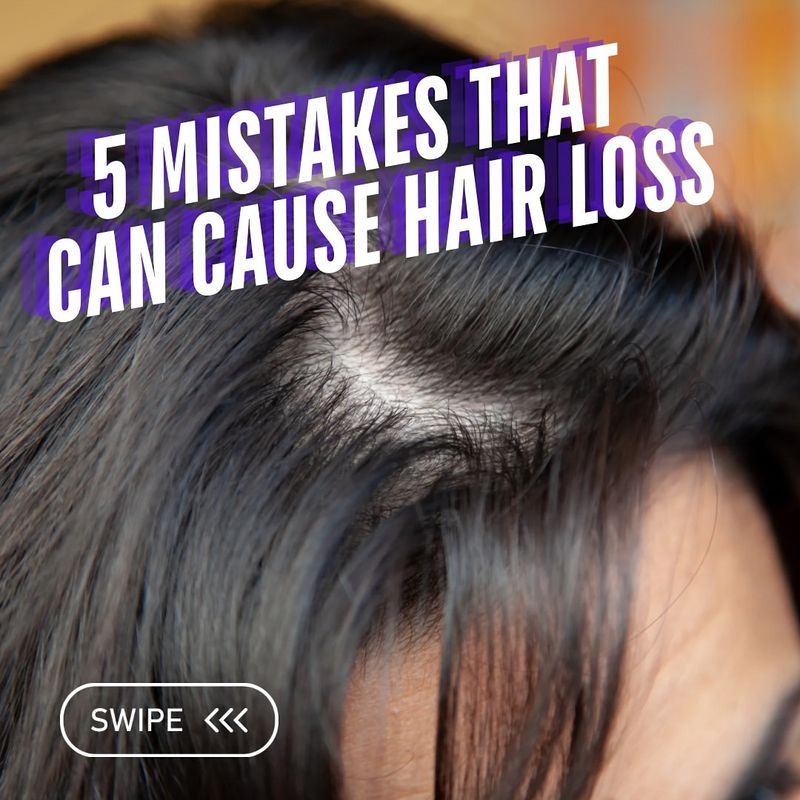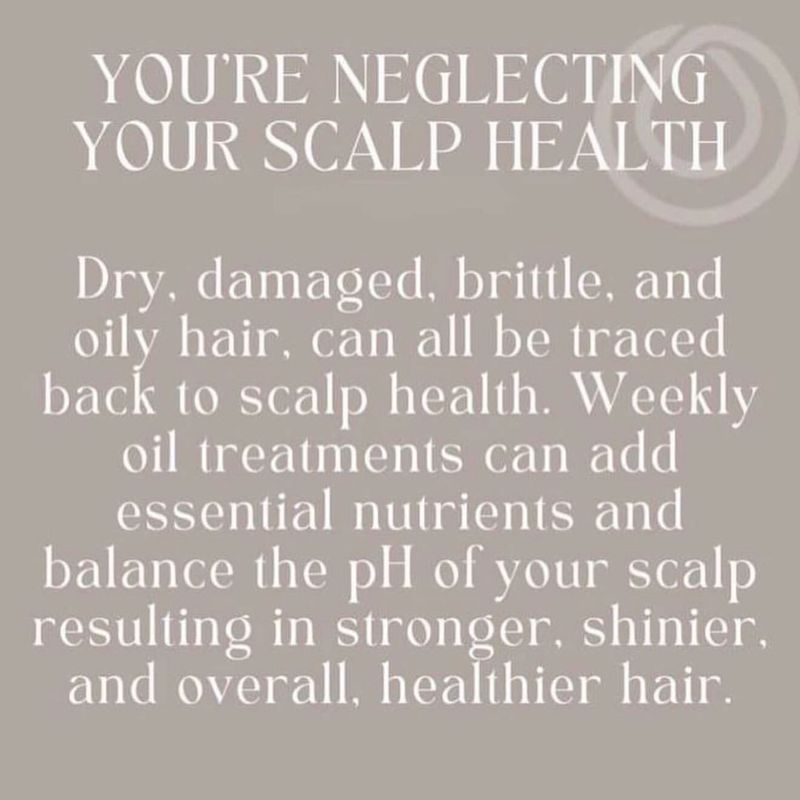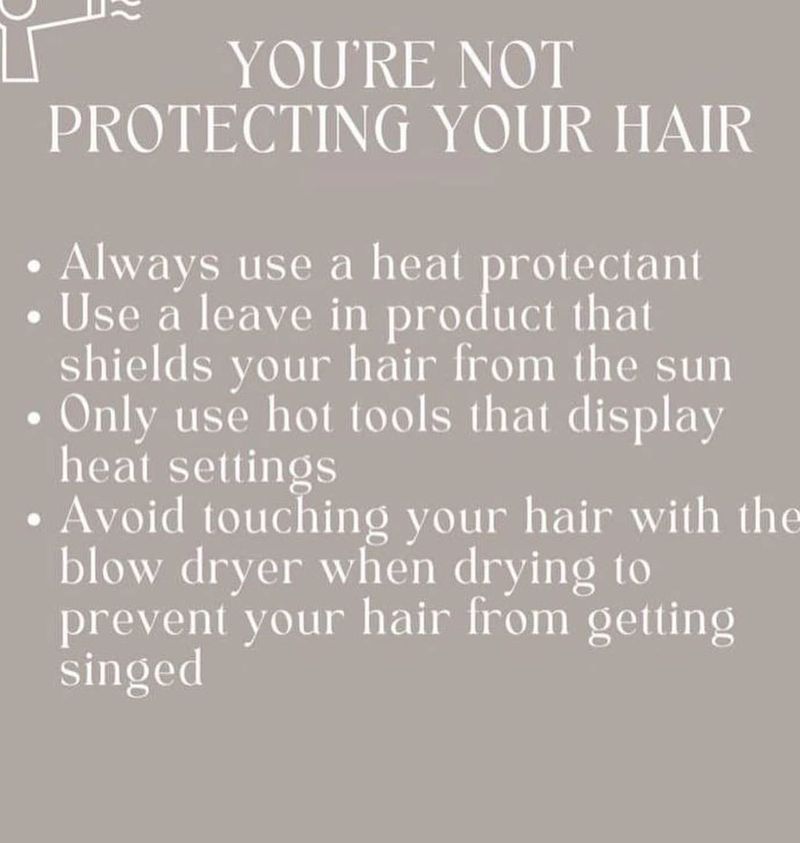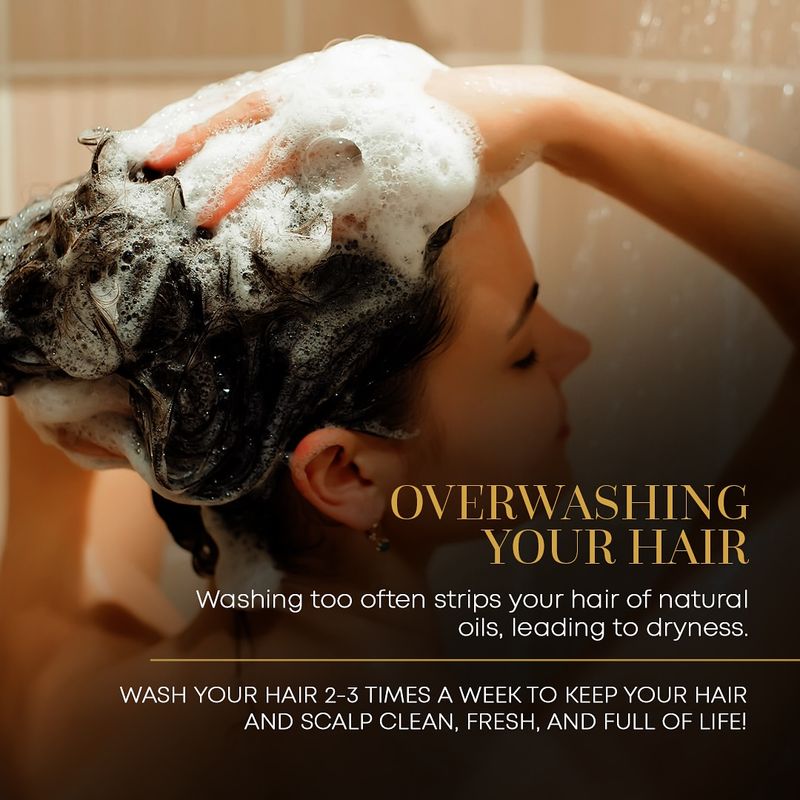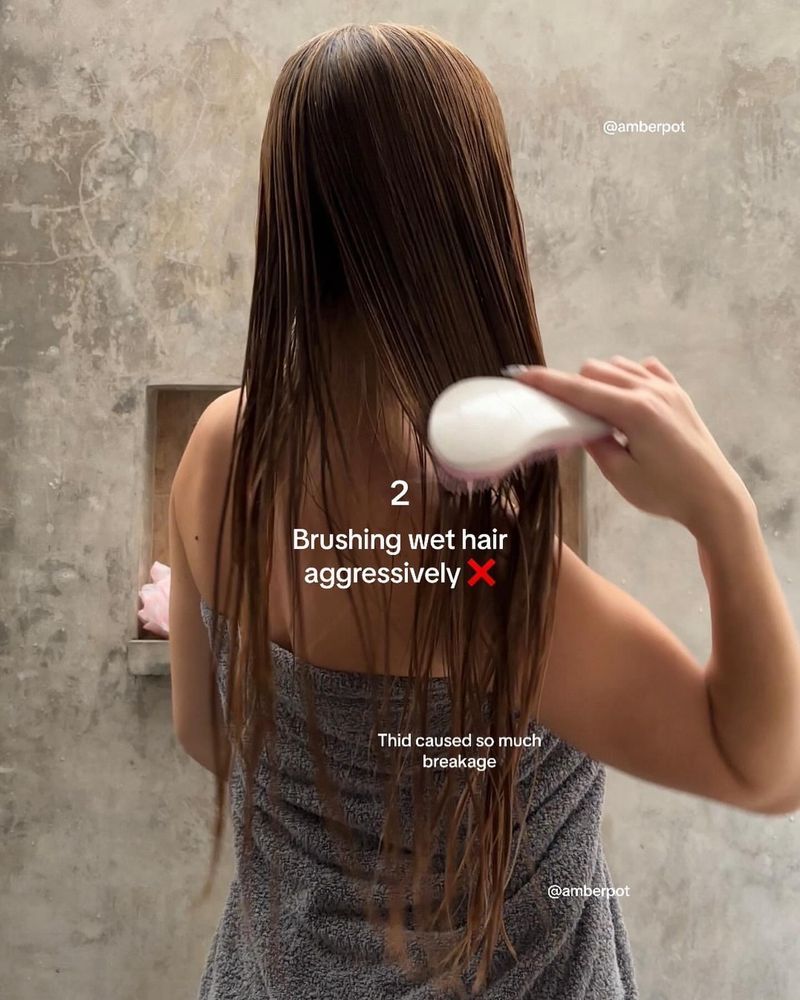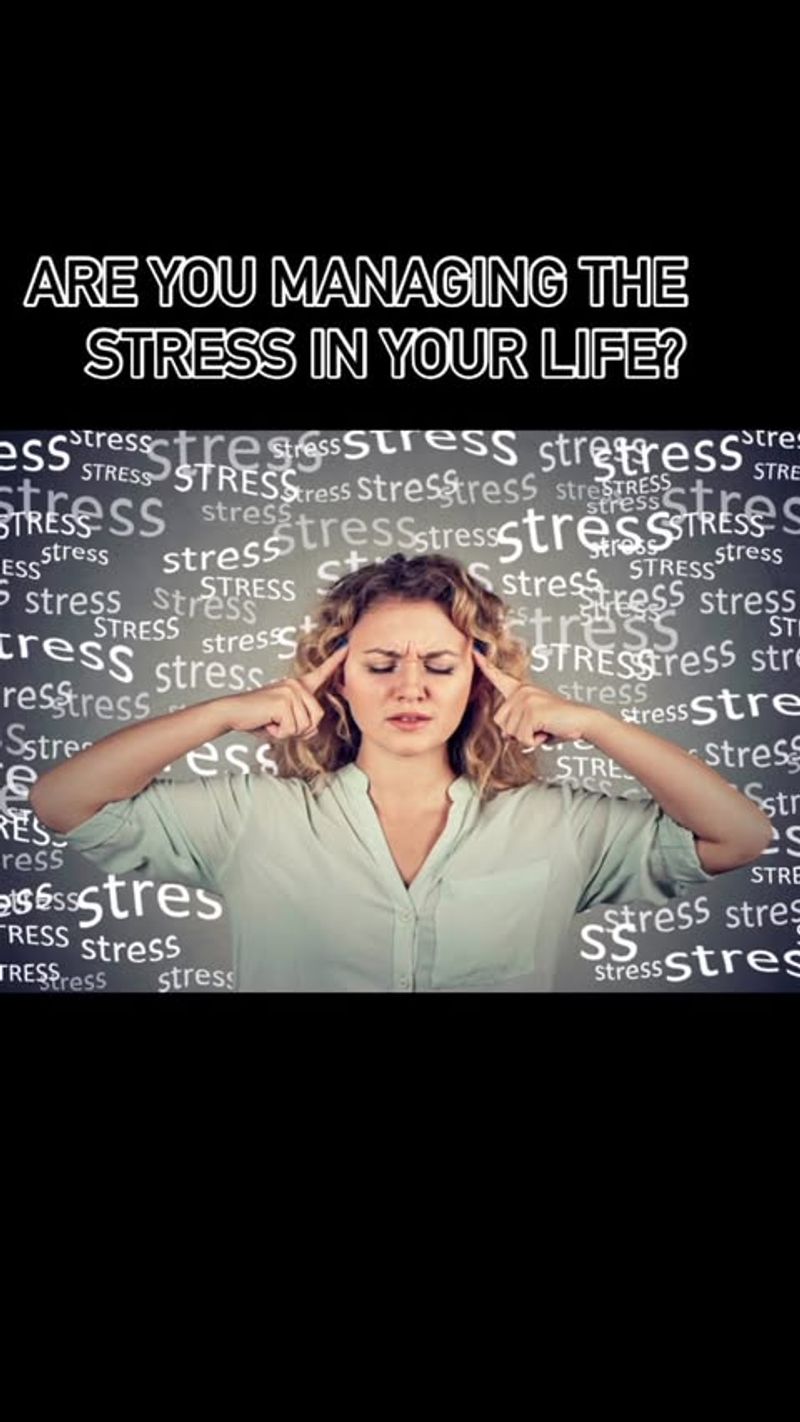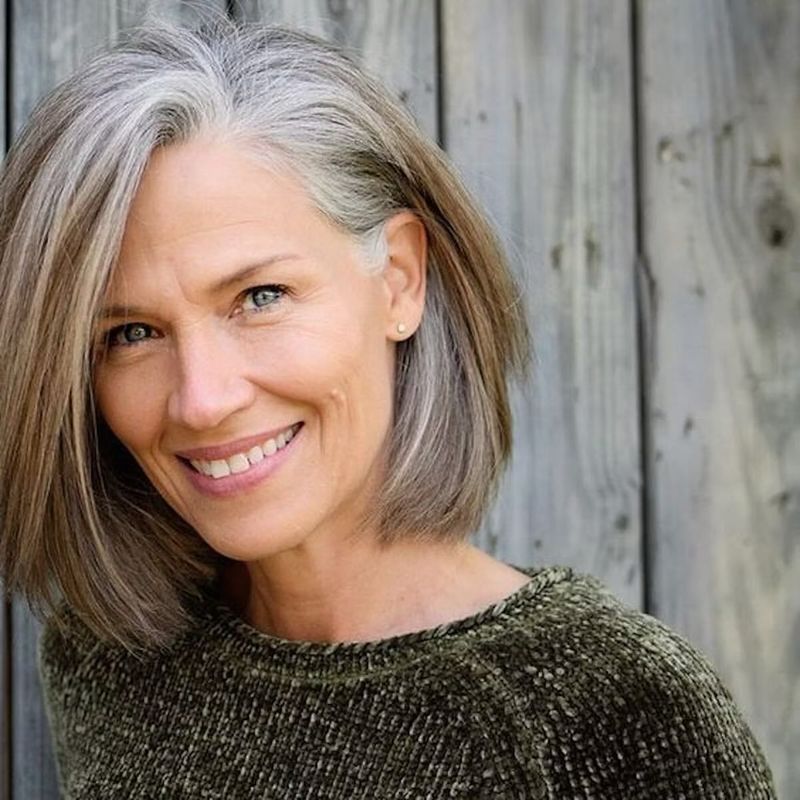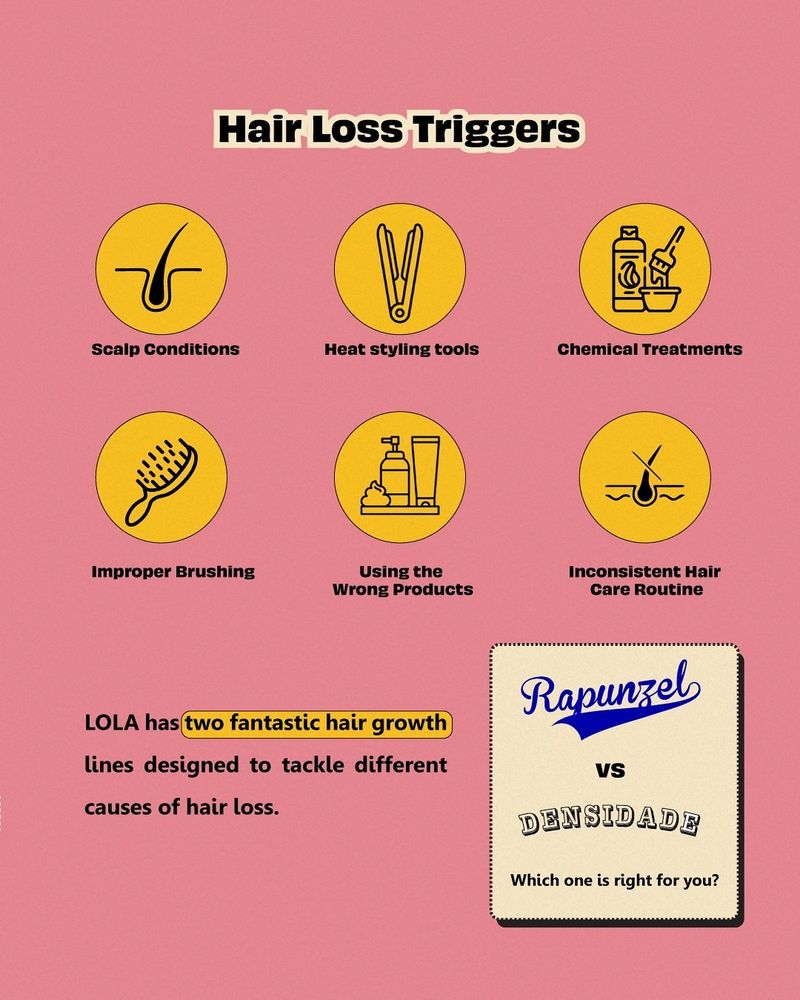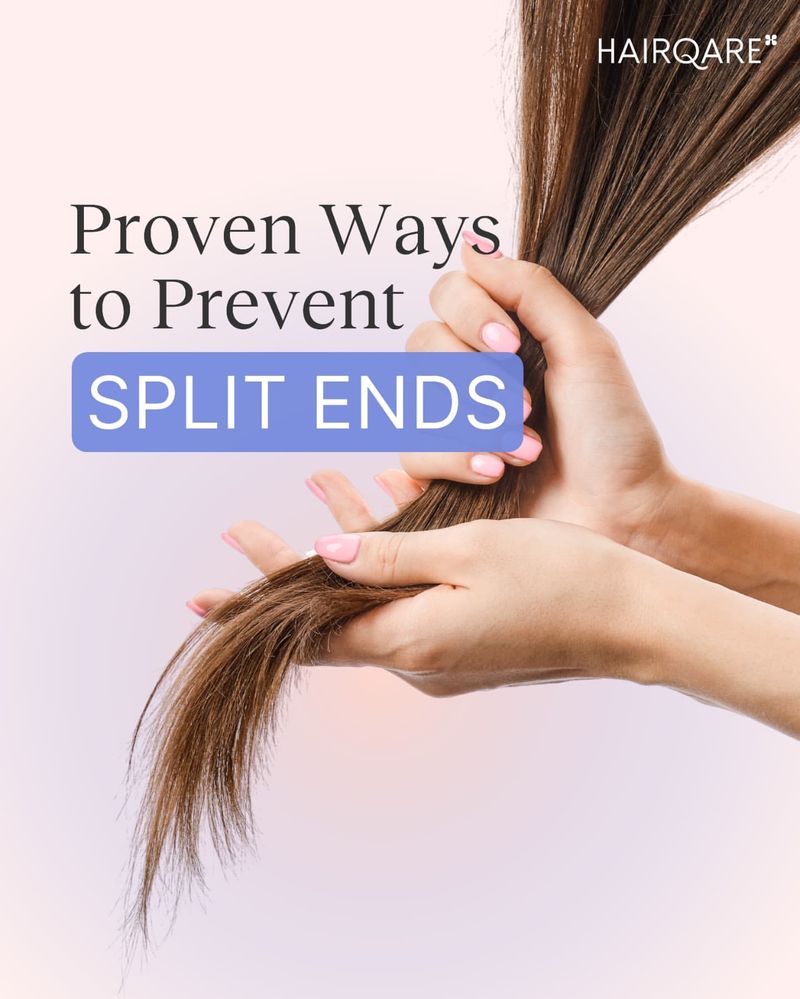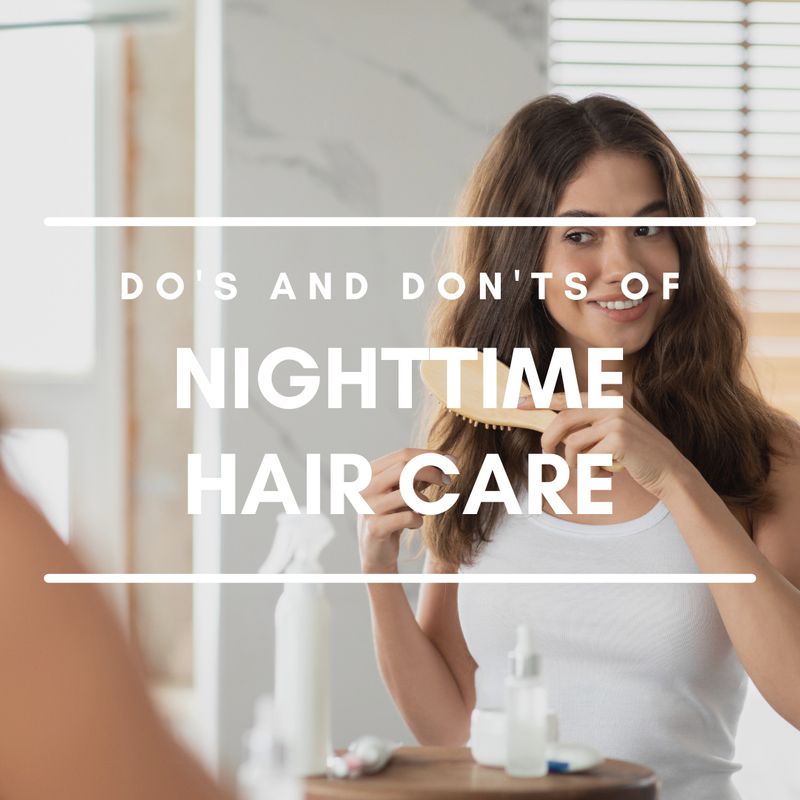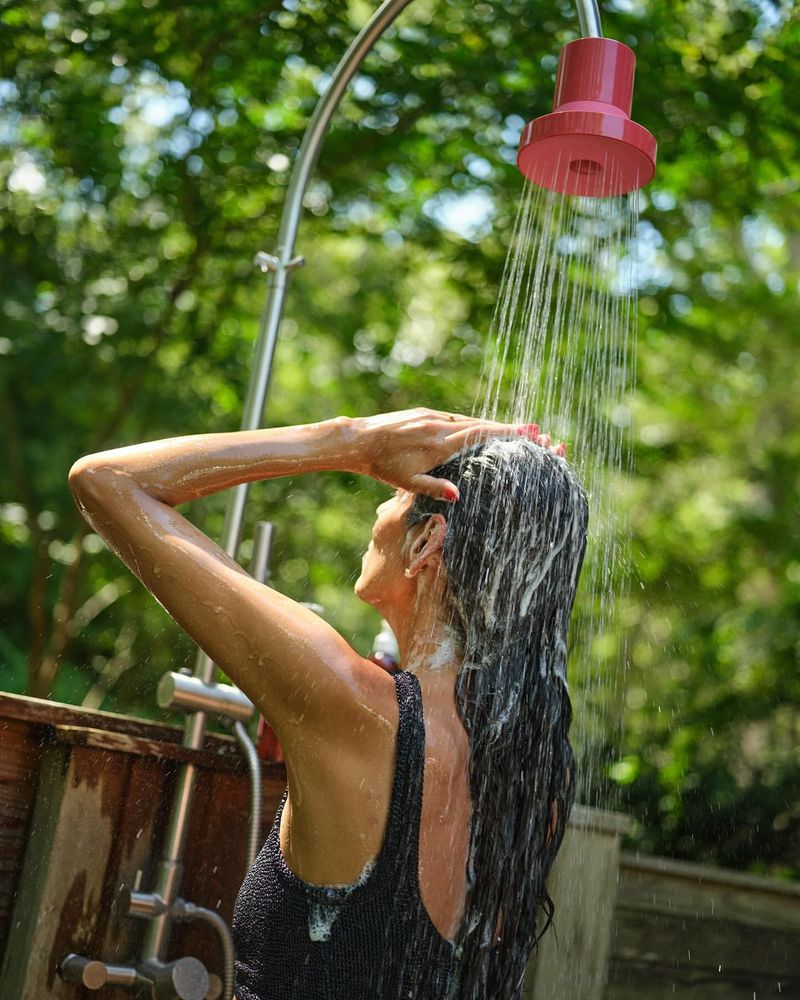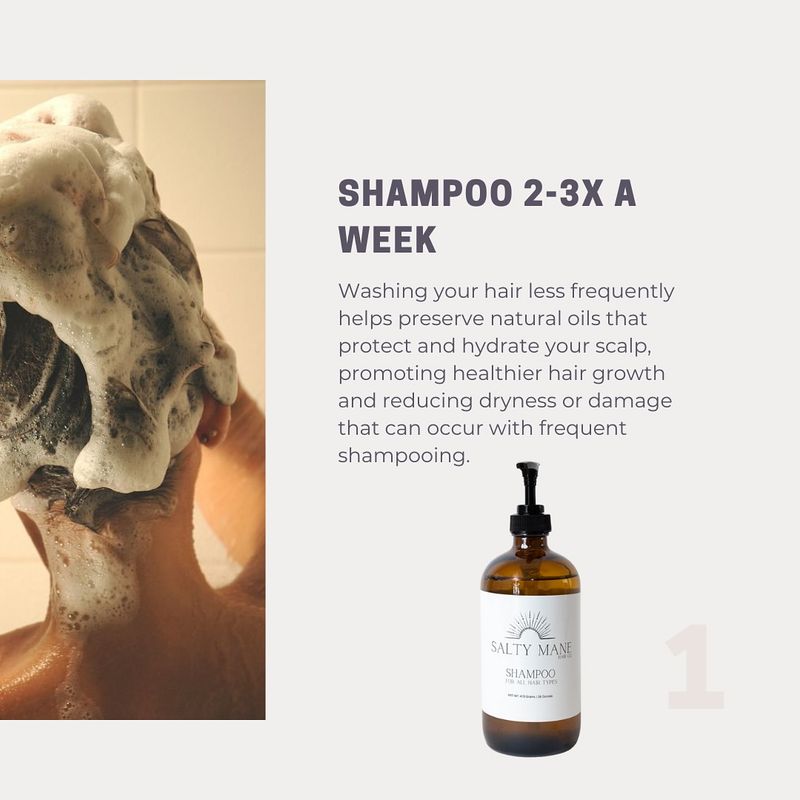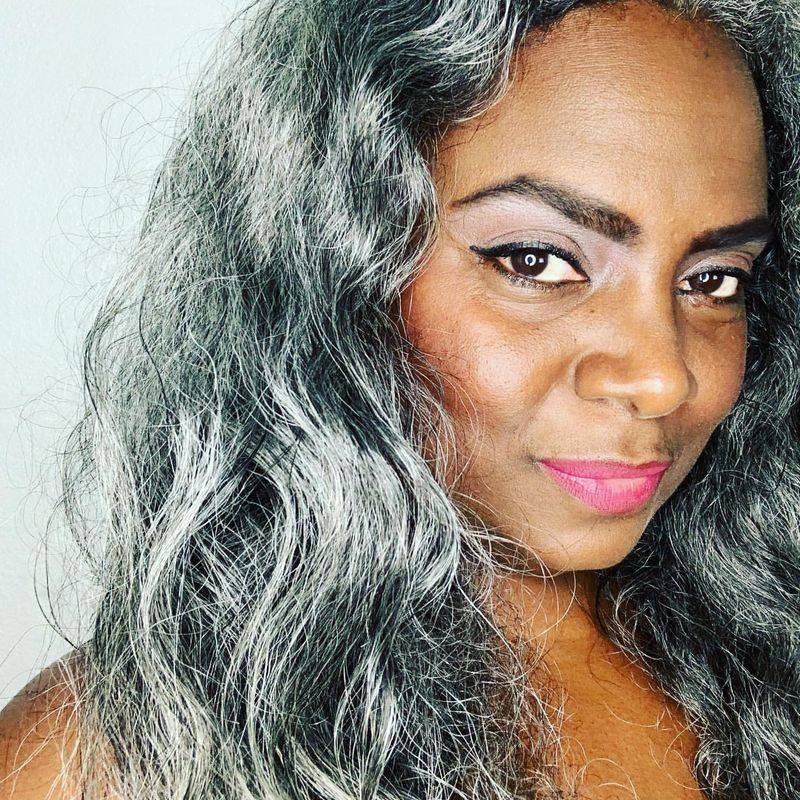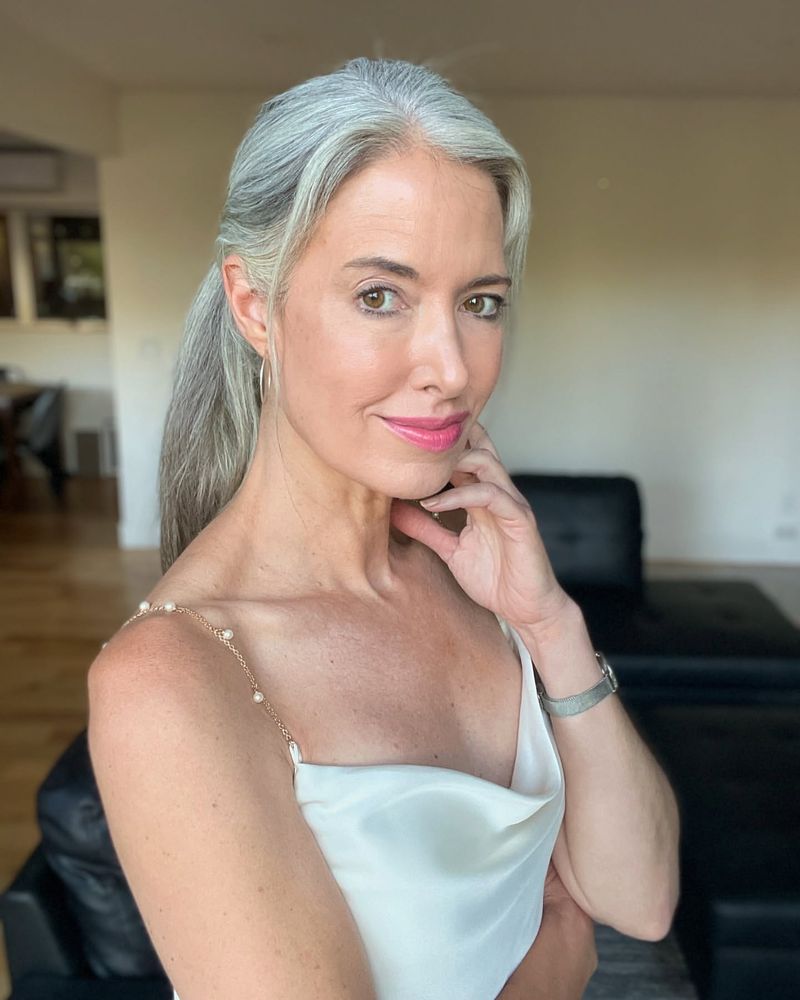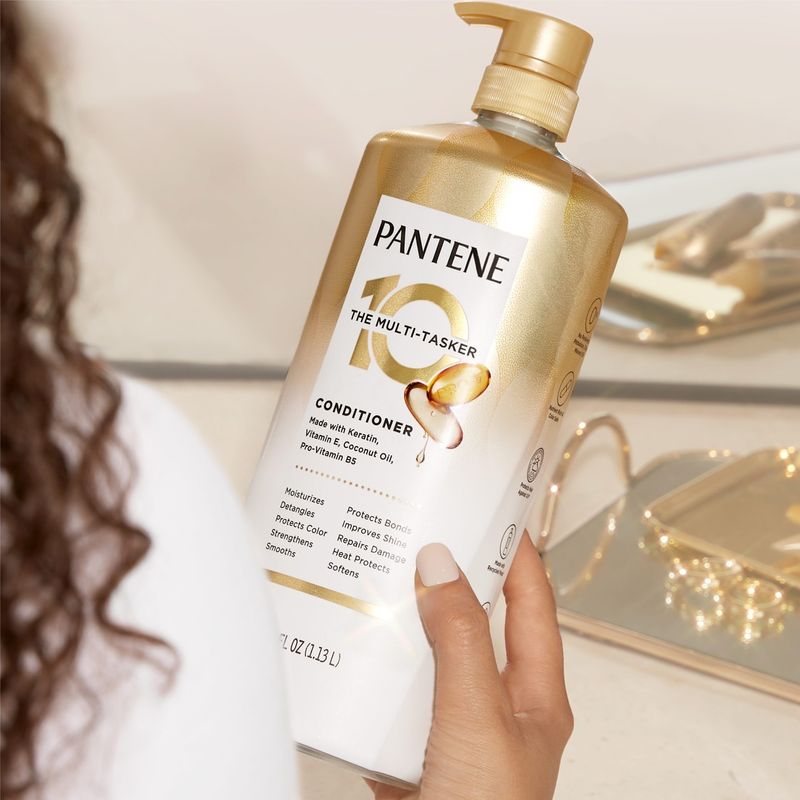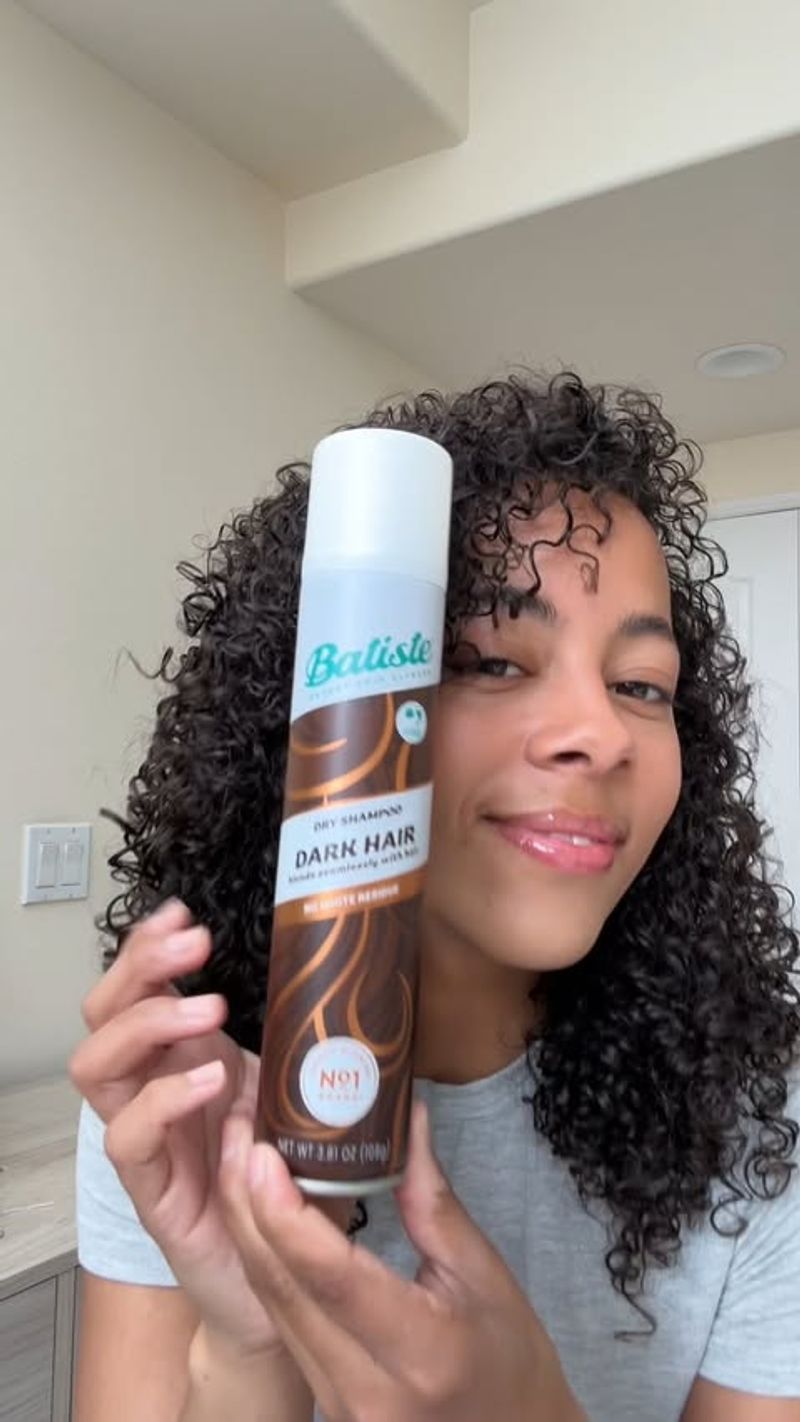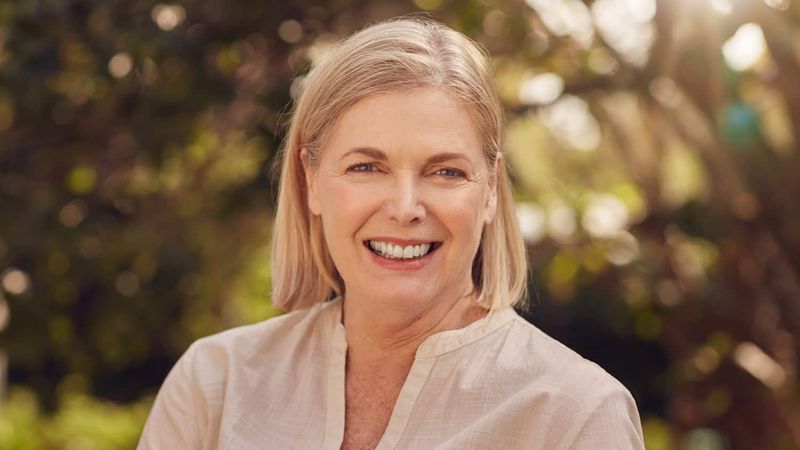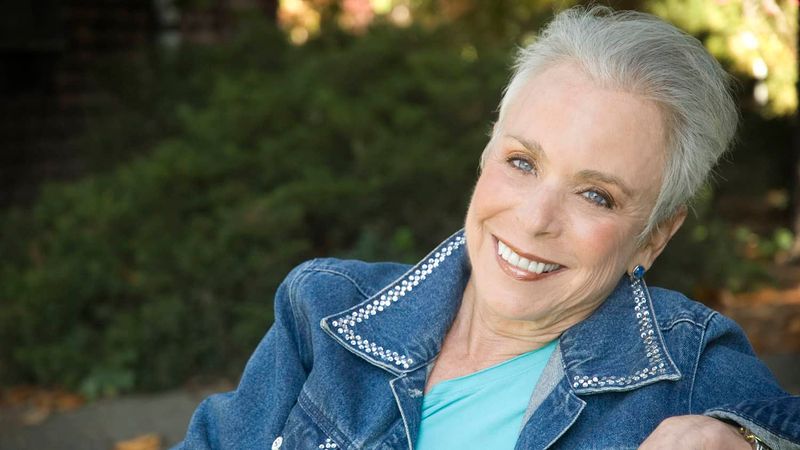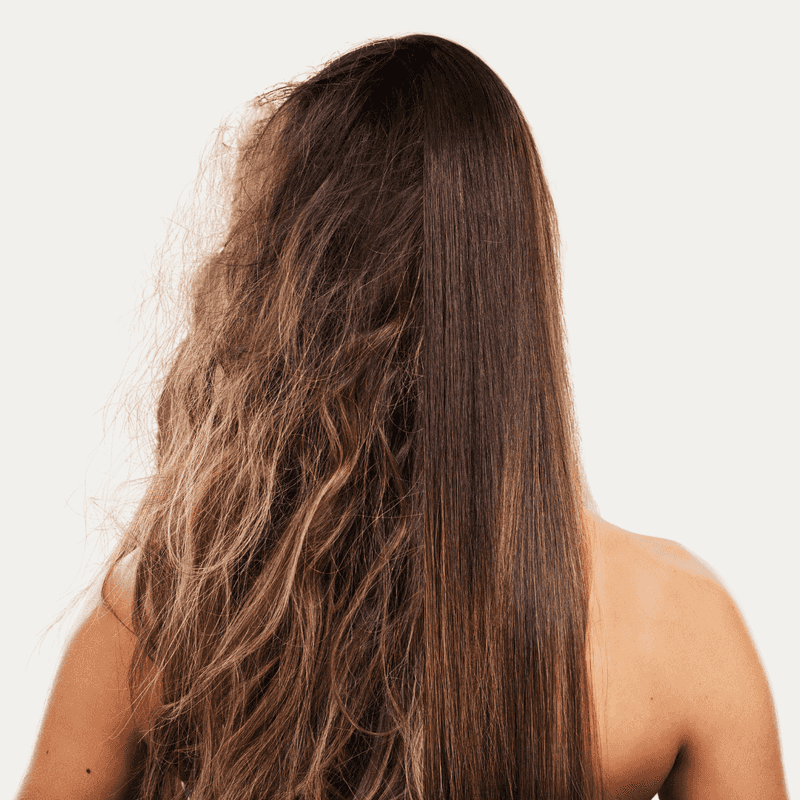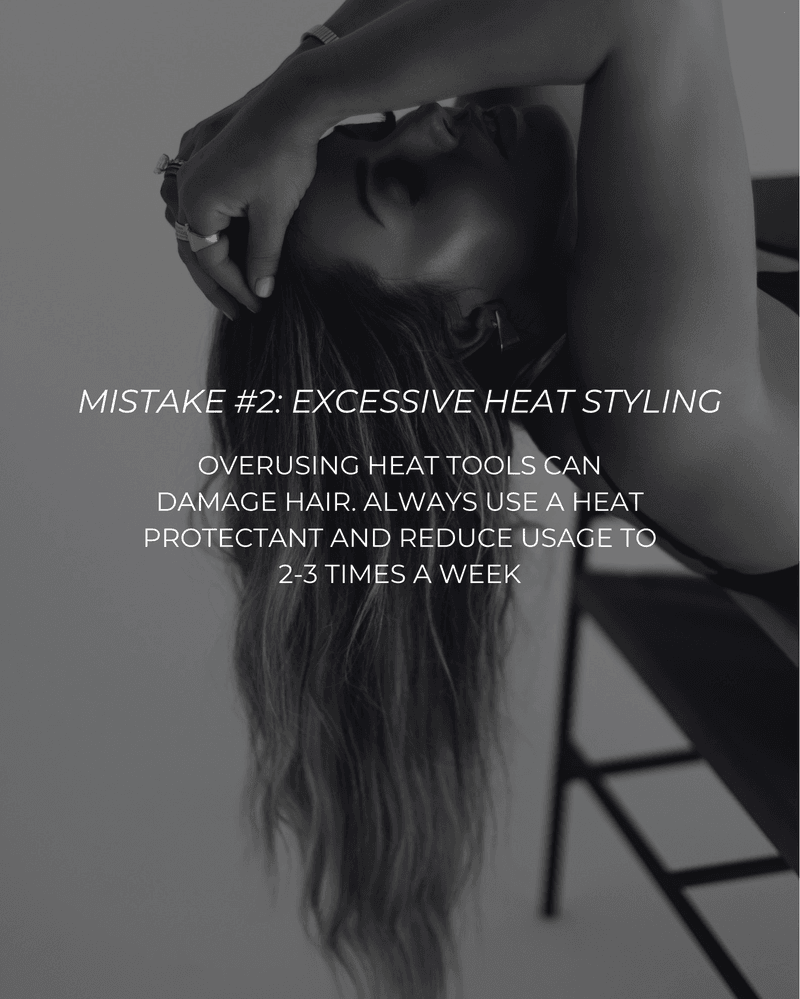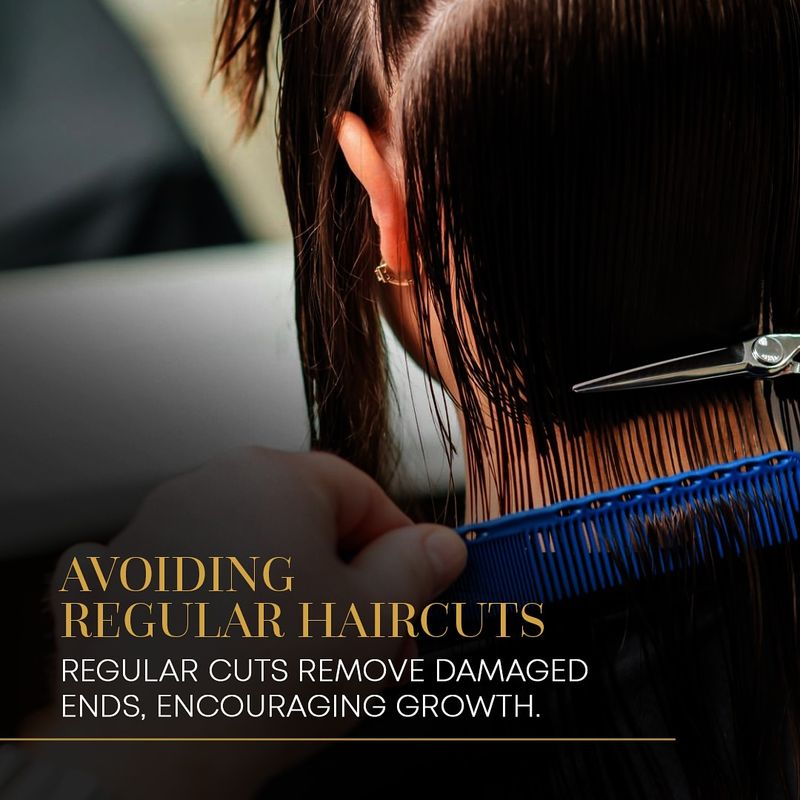Hair thinning? Before you panic or stock up on the wrong products, let’s talk facts. Too many women fall for outdated advice or half-true hair hacks. We’re busting of the most common hair loss myths and revealing what en realidad helps. Spoiler: it’s not brushing 100 strokes a day. Save your strands (and your sanity) with this myth-busting guide.
1. Skipping Scalp Massages
Poor circulation to the scalp can stunt hair growth; regular massages can stimulate follicles.
2. DIY Color Without Proper Prep or Aftercare
At-home dye jobs without conditioning and pH balancing can damage strands and irritate the scalp.
Related: -7 Straight-Hair Problems No One Talks About And 8 Easy Fixes That Shine
3. Utilizar productos capilares agresivos
Products containing sulfates, parabens, and alcohol can strip hair of natural oils, leading to dryness and breakage. Opting for natural or gentle formulas helps preserve hair’s moisture and integrity. Reading product labels and choosing those suitable for mature hair can prevent unnecessary damage. A hair care routine with suitable products is essential for long-term health.
4. Peinados tirantes
Wearing tight hairstyles like ponytails, buns, or braids can strain the hair follicles, causing tension and breakage. Loose styles or gentle accessories can alleviate stress on the hair. Allowing hair to relax with occasional breaks from styling reduces the risk of traction alopecia, a condition caused by prolonged tension on the hair.
5. Ignorar la salud del cuero cabelludo
A healthy scalp is vital for strong hair growth. Neglecting scalp care can lead to issues like dandruff or blocked follicles. Regular cleansing and gentle exfoliation help maintain scalp health. Using scalp-friendly oils and treatments can nourish the skin and promote circulation, enhancing hair’s overall strength and vitality.
6. No proteger el cabello del sol
Sun exposure can lead to hair dryness and color fading. Wearing hats or using UV-protectant sprays shields hair from harmful rays. The sun’s UV rays can be damaging, especially for color-treated hair. Incorporating sun protection into your hair care routine helps maintain hair’s vibrancy and moisture, even during sunny days.
7. Lavado excesivo del cabello
Washing hair too often can strip essential oils, leading to dryness and breakage. Finding a balance based on your hair type is key; some may need daily washes, others just a few times a week. Using gentle shampoos and conditioners ensures that hair remains nourished and healthy, preserving its natural shine.
8. Ingesta nutricional inadecuada
Nutrition plays a vital role in hair health. Lack of essential vitamins like B12, D, and iron can result in weak, thinning hair. Incorporating a balanced diet rich in fresh fruits, vegetables, and lean proteins supports healthy hair growth. Consulting with a healthcare provider for nutritional advice can ensure proper dietary habits for hair vitality.
9. Tratamientos químicos excesivos
Frequent chemical treatments like coloring, perming, or relaxing hair can damage the hair shaft and weaken it over time. Limiting these treatments and allowing hair to recover between processes promotes healthier hair. Opting for less aggressive methods and ensuring professional application reduces the risk of chemical-related hair loss.
10. Ignorar las necesidades de hidratación
Proper hydration is essential for overall health, including hair. Dehydration can lead to dry, brittle hair prone to breakage. Ensuring adequate water intake daily supports hair’s natural moisture balance and strength. Considering hydration in your daily routine helps maintain hair’s elasticity and resilience, reducing the risk of unnecessary hair loss.
11. Cepillar el pelo mojado de forma agresiva
Wet hair is more fragile and prone to breakage. Using a wide-tooth comb and brushing gently can minimize damage. Starting from the ends and working upward helps detangle without pulling on the hair. A gentle approach preserves hair strength and prevents unnecessary hair loss, especially for older, more delicate strands.
12. Subestimación del impacto del estrés
Chronic stress can contribute to hair loss by affecting hormonal balance. Engaging in stress-reducing activities like yoga, meditation, or hobby involvement can promote well-being and hair health. Recognizing stressors and actively managing them supports a healthy lifestyle and reduces the risk of stress-related hair loss.
13. Descuidar la calidad del sueño
Poor sleep quality can affect hair health by disrupting hormonal levels. Establishing a regular sleep routine and creating a restful environment supports overall well-being. Quality sleep contributes to the body’s natural healing processes, including hair regeneration. Evaluating sleep habits and making necessary adjustments promotes a healthy cycle essential for hair vitality.
14. Uso intensivo de extensiones de pelo
While hair extensions can offer temporary volume or length, prolonged use can strain natural hair and lead to breakage. Choosing quality extensions and ensuring proper application reduces stress on the hair. Regular maintenance and giving hair breaks from extensions can prevent damage and support healthy hair growth.
15. Pasar por alto las afecciones médicas
Underlying health issues like thyroid disorders or hormonal imbalances can contribute to hair loss. Regular check-ups and open communication with healthcare providers ensure early detection and management. Addressing medical conditions with tailored treatments can mitigate their impact on hair health. Awareness of potential health-related causes is key to maintaining hair vitality.
16. Herramientas inadecuadas para el cuidado del cabello
Using low-quality tools like brushes with broken bristles can cause hair damage. Investing in high-quality tools designed for your hair type minimizes breakage. Tools should be gentle on the hair and offer smooth detangling. Recognizing the importance of appropriate haircare tools can enhance your routine and prevent unnecessary hair loss.
17. Evitar los consejos profesionales sobre el cabello
Professional stylists can offer insights into hair care tailored to individual needs. Avoiding professional advice can lead to unsuitable routines or products. Regular consultations can ensure that your hair care routine aligns with your hair’s unique characteristics. Engaging with professionals can provide guidance and solutions to maintain healthy, strong hair.
18. Ignorar los efectos meteorológicos
Weather conditions like wind, humidity, or extreme temperatures can affect hair’s health and appearance. Protecting hair with scarves or using weather-appropriate products can minimize damage. Adapting your hair care routine to seasonal changes ensures consistent protection and care, safeguarding your hair against environmental stressors.
19. No abordar el debilitamiento del cabello a tiempo
Early intervention is crucial when noticing hair thinning. Ignoring it can lead to more significant loss over time. Seeking professional advice and utilizing treatments like topical solutions or therapies can slow or reverse thinning. Recognizing changes and taking proactive steps helps maintain hair density and health.
20. Pasar por alto las puntas abiertas
Ignoring split ends allows them to travel up the hair shaft, causing more extensive damage. Regular trims eliminate split ends, maintaining hair’s smooth texture and strength. Consulting with a stylist for tailored advice on managing split ends can prevent further breakage. Attention to detail in hair care promotes long-term health.
21. Descartar el cuidado nocturno del cabello
Nighttime routines like tying hair in a loose braid or using silk pillowcases can prevent breakage. Sleep-related damage can contribute to hair loss, so adopting protective measures is beneficial. Recognizing the value of nighttime care preserves hair’s integrity and promotes healthy growth, even during sleep.
22. Utilizar agua de ducha sin filtrar
Hard or unfiltered water can contain minerals that damage hair. Installing a shower filter can reduce exposure to harsh minerals, preserving hair’s health. Water quality is often overlooked but plays a significant role in hair care. Recognizing the impact of water on hair health can enhance overall hair care routines.
23. Cambios frecuentes de champú
Constantly switching shampoos can disrupt your hair’s balance. Sticking to products that suit your hair type and needs ensures consistent care. While experimentation is tempting, stability in your routine promotes hair health. Understanding your hair’s preferences and maintaining continuity in product choice supports long-lasting vitality.
24. Descuidar el cuidado de las canas
Grey hair has unique needs and often requires specialized care. Ignoring these needs can lead to dryness or dullness. Using products designed for grey hair helps maintain its natural beauty and shine. Acknowledging and embracing grey hair with appropriate care ensures it remains healthy and vibrant.
25. No adaptarse a los cambios capilares del envejecimiento
Aging hair may change in texture, color, or density. Recognizing and adapting to these changes with suitable products and routines is vital. Understanding that hair evolves over time allows for more effective care. Adjusting your hair care approach to meet aging hair’s needs ensures its health, strength, and radiance.
26. Ignorar la hidratación en los productos capilares
Choosing products that lack moisturizing properties can lead to dry and brittle hair. Opting for hydrating shampoos, conditioners, and treatments supports hair’s natural moisture balance. Recognizing the importance of hydration in product selection enhances overall hair health. Moisture-rich products play a crucial role in maintaining hair’s softness and elasticity.
27. Evitar las texturas naturales del cabello
Constantly altering natural hair texture with heat or chemicals can weaken hair. Embracing natural textures reduces the need for damaging practices and enhances hair’s resilience. Styling naturally allows for healthier growth and reflects hair’s true beauty. Accepting and celebrating natural hair texture supports its long-term health and vitality.
28. No utilizar correctamente el acondicionador
Improper use of conditioner can lead to uneven moisture distribution and weakened hair. Ensuring that conditioner is applied evenly and left to absorb enhances its effectiveness. Consistent conditioning maintains hair’s strength and suppleness. Understanding the correct application techniques maximizes the benefits and supports healthy, hydrated hair.
29. Excesiva dependencia del champú seco
Dry shampoo provides a temporary solution but shouldn’t replace regular washing. Over-reliance can lead to scalp buildup and clogged follicles, affecting hair growth. Using dry shampoo sparingly and maintaining a proper washing schedule preserves hair and scalp health. Balancing convenience with proper care prevents potential long-term issues.
30. The Impact of Medication
Many women might not connect their medication regimen with hair loss. Certain prescriptions, especially those for managing chronic conditions, can contribute to thinning locks.
Always review side effects with your doctor.
31. Genetics and Hair Loss
For many, hair loss is simply a genetic legacy. With age, the hereditary pattern of hair thinning becomes more pronounced.
It’s not just a man’s concern; women inherit this trait too. Speaking with family can provide insights.
32. Underestimating Hormonal Shifts
Hormonal fluctuations can profoundly influence hair dynamics. Post-menopausal women, in particular, experience significant changes due to declining estrogen levels.
This shift might trigger unexpected hair thinning.
33. Role of Sleep and Hair Health
Sleep is a silent contributor to hair vitality, yet often overlooked. Quality rest fosters cellular repair, including hair follicles’ rejuvenation. Stress and sleep deprivation weaken your strands.
Prioritizing sleep hygiene can enhance hair strength over time. Simple habits, like maintaining a regular bedtime, create a nurturing environment for growth.
34. Overusing Heat Styling Tools
Excessive use of heat styling tools like straighteners, curlers, and blow dryers can cause hair damage leading to breakage and loss. Using heat-protectant sprays can minimize the risk and maintaining a lower temperature setting is advisable. Different hair types require varying degrees of care, so understanding your hair’s needs is essential.
35. Skipping Regular Trims
Neglecting regular trims can lead to split ends and weak hair. Regular trims help maintain hair’s health by removing damaged ends and promoting stronger growth. Trimming every six to eight weeks can significantly improve hair vitality. Consulting with a stylist who understands mature hair can provide tailored advice for maintaining healthy locks.

